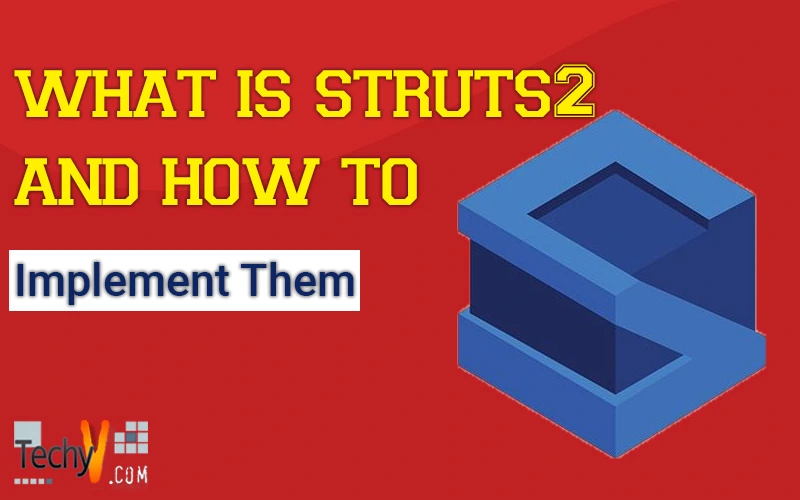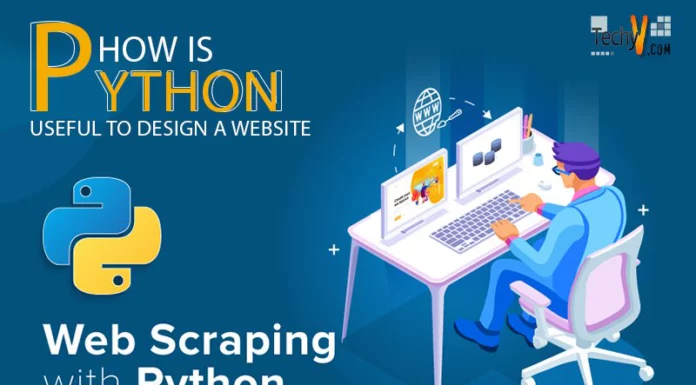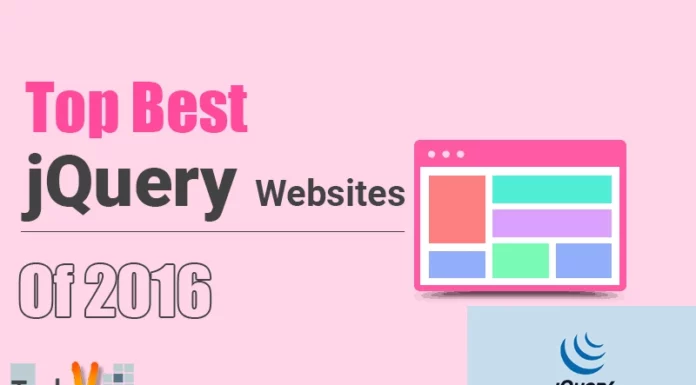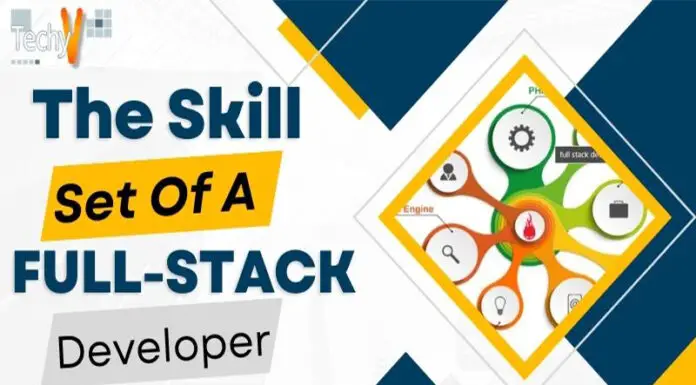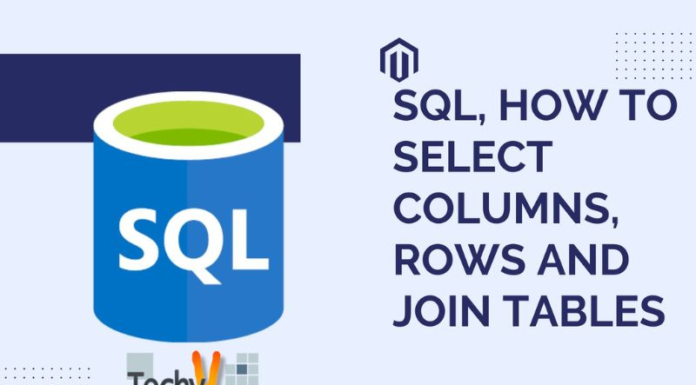To create a simple website HTML, CSS, jQuery, JS, etc. are enough. But for large businesses, industries and organizations these websites are not enough for their products. Their sites need to be transactional, secure, reliable, flexible, and available at each point of time. For such kind of businesses web applications and enterprise applications need to be developed. There are many technologies and frameworks that are developed to build a web application. Among many Struts2 has become the mostly used framework for web applications. This is based on MVC architecture. M- Model, V- view, C- controller.
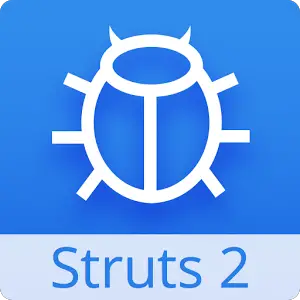
Craig McClanahan has developed the Struts framework initially. In May 2000, it is donated to Apache Foundation. In June 2001, the first version of it was released, i.e., Struts 1.0. Later it is evolved to its present version, i.e., Struts2.
For creating Java-based, enterprise ready web applications, an extensible and elegant framework are needed which is nothing but Apache Struts 2. Full development life cycle of a website includes building, deploying, testing, implementing and maintaining applications which are taken by the framework over time. WebWork 2 was the original name of Apache Struts 2.
Each and every component of Struts2 is designed according to the MVC design patter. Struts2 is developed with new features, and also it includes each and every feature, package, libraries of Struts1. It is the rewrite of the Struts architecture.
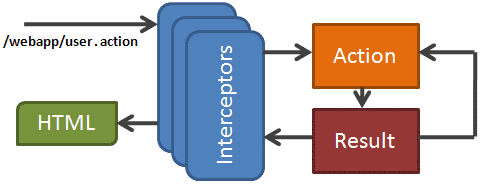
The main motto to develop the Struts framework was to offer improved and enhanced functionalities and framework to make the developers life easier in web development. The WebWork framework was then changed to the Struts framework.
There came the origin of the Struts2 framework, which was the combination of 2 communities the Struts and the Webwork framework.
Struts 2 framework features
By seeing the following features you will force yourself to learn more about Struts2
- Tag support – Form tags and some more new are improved in the Struts2, which allows the developer to write fewer lines of code.
- AJAX support – It was taken over by Web2.0 technologies at a certain point of time. To make it standard again, the products of it are introduced with AJAX support by creating AJAX tags, which were very similar to the functionality of the existing standard Struts2 tags.
- Easy Integration – Variety of Integration functionalities are available within Struts2. It easily integrates with other frameworks like Tiles, Spring, SiteMesh, etc.
- Template Support – Templates are used to support for generation of views.
- Plug-in Support – By using the plug-ins, core behavior of Struts can be augmented and enhanced. There are huge numbers of such plug-ins.
- Easy to modify tags – In Struts2, using Freemarker templates, tag markups can be tweaked. No need to have Java or JSP knowledge for this. To modify the tags, it is enough if you have a basic understanding of the CSS, HTML, and XML.
- View Technologies: – Multiple view options are greatly supported by Struts2 such as XSLT, JSP, Velocity, Freemarker.
Struts2 is an enterprise ready framework just because of all these features.


